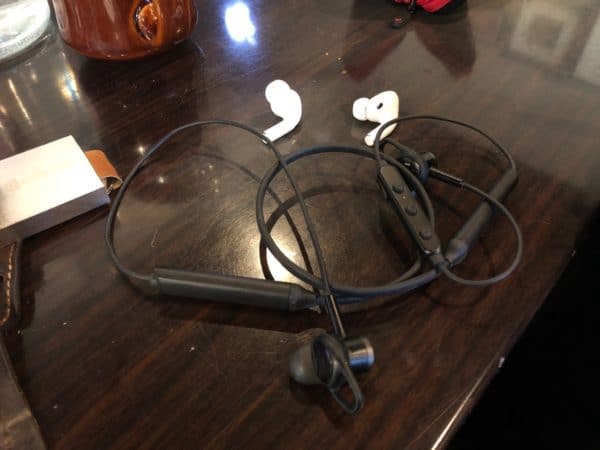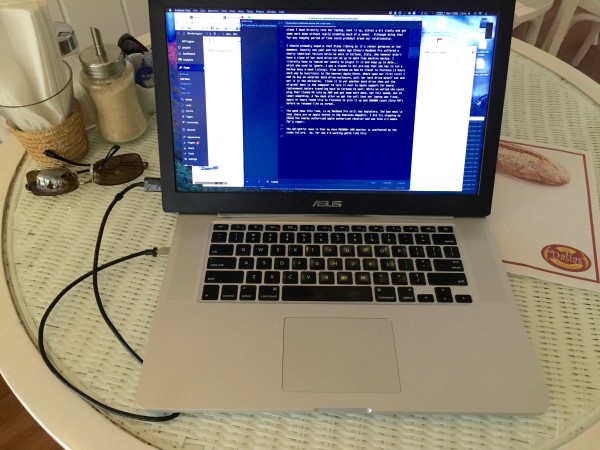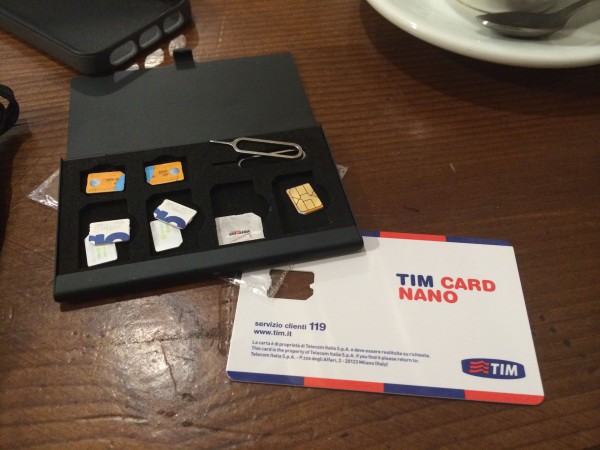Silence is golden. On planes, in cafes, in coworking offices, everywhere.

Long ago frequent flyers started fawning all over the Bose Quiet Comfort 35s. They were the first popular ear phones with Active Noise Cancelation (ANC). ANC means that the electronics listen to the background noise and then generate a canceling sound wave pattern. The effect is magic. This is in contract to passive noise cancelation, or more accurately noise isolation. You typically get noise isolation from “big cans” the muffle outside noise, or from air tight ear bud tips (rubber/foam).
I took one look at the Bose QC35s and my take away was simple:
#1 I don’t have room for those beasts in my travel gear.
#2 They’re way to expensive.
First, who wants to carry around a case with big old ear cans in them? I certainly don’t have room in my pockets, nor my carry on, nor my roller bag for the space those would take up.
Second, I’m looking at headphones that are for casual listening, heck mostly for video and phone calls, and I’m looking to attenuate background noises. I’ve never been looking for headphones because I’m an audiophile listening to some obscure experimental Brian Eno album.
If you want to read from someone that cares WAY more about headphones in general, check out my friend Chris Lema’s blog on the topic here: https://bestheadphones.blog/
Me, I just want quiet with a good mic and reasonable sound quality.
That’s not to say I don’t care at all about sound quality. One of the other reasons I pooh-poohed the Bose headphones is I’ve never found Bose audio quality to be good. I did go through an audiophile phase long ago building home theater speakers from parts and stuffing ridiculous amounts of audio gear in a car long gone. One of my take aways from that time long ago was Bose products always being heavily marketed low quality products made to sound reasonably good. They are just like cheap TVs that could be made to look “good” by cranking of the contrast and saturation in store. I digress.
Along the way I found a brand called TaoTronics (Made by Sun Valley Tek who also makes the brand HooToo of my favorite battery powered travel router, and RavPower batteries) who made corded ANC ear buds. The price was right at under $50. The first model I had used an inline AA battery to power the noise cancelation. Later they built in a rechargeable LiOn battery, still corded.
The iPhone’s lost their mic jack 🙁
Thankfully soon after TaoTronics released these, the TaoTronics TT-BH042. I like those a lot, they worked well on planes, didn’t take up too much space. At only $50, I bought a dozen that year and gave them out as gifts to 9seeds staff and a couple clients. If you only have $50 they’re still the ANC earbuds I’d recommend for most travelers.
Somewhere along the way AirPods came out, at $180. I swore I’d never spend that much money on headphones. After hearing from dozens of trusted friends just how awesome they were and being mildly frustrated by bluetooth pairing between my phone, my iPad and my Mac, I bought a pair.
With a day I was in love with my AirPods. They paired seamlessly, they had perfect battery life (I always return them to the case every time I remove them from my head). They ONLY problem was the lack of noise cancelation, heck they barely provided any noise isolation.
I loved them so much that when version 2 came out, I bought them within minuted of them being released. I figured I’d hand down the older ones (only 18 months old) to Elena. She liked them but they never fit her ears well. They fit me perfectly, but they fell out of her ears and never quite pointed correctly into her ear canal. She wanted the PowerBeats Pro.
So I did what too many tech savvy husbands do, I waited a month and bought her the AirPods Pro instead.
Good news, she loves them and they fit great.
Bad news, they are legitimately better at noise cancelation then my TaoTronics TT-BH042. Are they $200 better? No, probably not if evaluating the noise cancelation alone, but add the wireless charging battery case, and the easy connection jumping between devices and they sure as heck are. 50/50 odds on me making it all the way to Christmas without buying them for myself.




